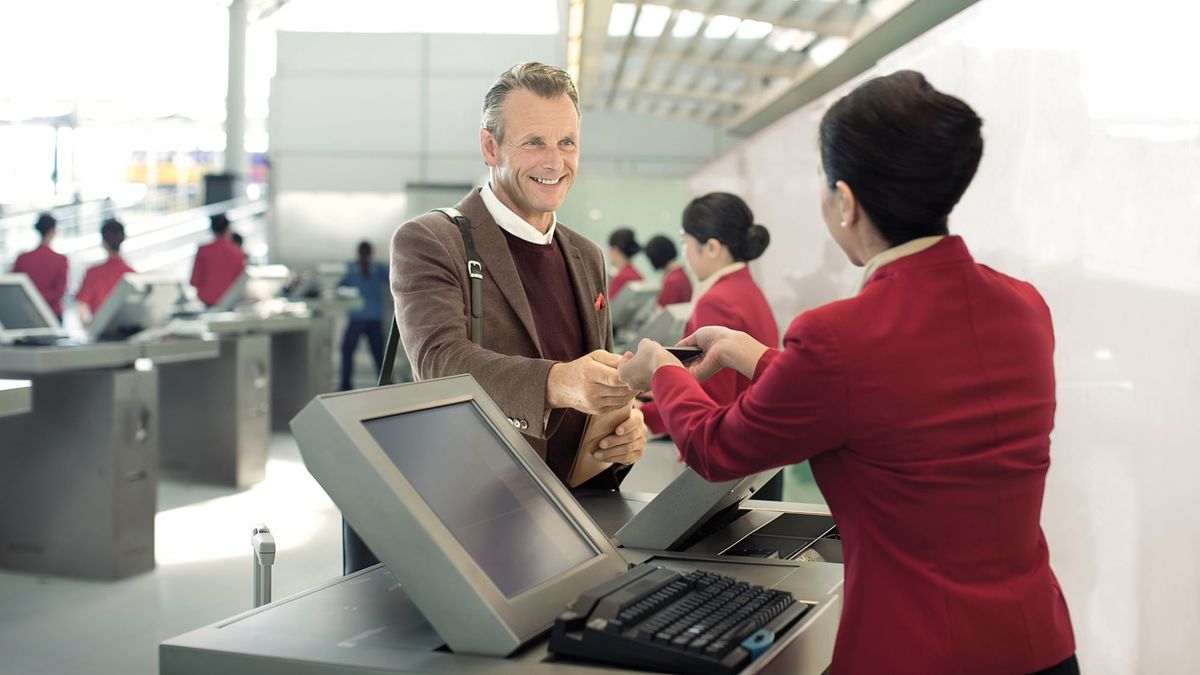Cathay Pacific on life support, with hope running out
Cathay Pacific faces seemingly impossible odds to return to its glory days.

Is any airline on the planet in a more impossible situation right now than Cathay Pacific?
The carriers that have coped best during the pandemic have two qualities in common. They either have a substantial domestic or quasi-domestic market, such as Ryanair; a reliable government shareholder, like Singapore Airlines or Emirates; or, ideally, both, like China’s big three airlines Air China, China Southern and China Eastern.
Hong Kong’s unofficial flag carrier has neither, so a pandemic that shuttered international travel was always going to be tough for an airline that crosses a border every time it flies.
Still, rivals have been slowly getting back on their feet. Singapore Airlines was running at 37% of pre-Covid capacity in November before climbing to 45% the following month, buoyed by a government determined to return the city to its status as a global hub. Cathay was at just 12% of pre-pandemic levels in November – and the border rules have since been tightened.
On January 8, all flights from several of Cathay’s biggest markets – including Australia, Canada, the Philippines, the U.K. and U.S. – were suspended for a month.
One week later, even transit flights – one of the few areas where Cathay was able to operate, given Hong Kong’s zero-Covid strategy involves a three-week quarantine – were suspended to a list of 150 countries, leaving the city almost cut off from air traffic.
Falling out of favour
Cathay is a relatively rare example of a full-service airline that’s never been nationalized, but it’s always been able to count on an attitude of benign neglect.
When Qantas tried to set up a Hong Kong-based budget carrier in 2013, Cathay blocked it in the courts. When Cathay funded trips to Europe for members of Hong Kong’s legislature amid that lobbying effort, the city’s future Chief Executive Carrie Lam said no rules had been broken.
She’s now far less indulgent, promising this month to take legal action against the airline after outbreaks of the omicron variant were traced back to members of its crew who’d been allowed to skip quarantine protocols. The former flight attendants were arrested Monday and released on bail.
Once upon a time, Cathay Pacific was treasured as a cherished part of Hong Kong’s unique identity as a laissez-faire center of free speech and free markets.
With that identity itself now seen as a threat to Beijing, the airline has about as much value to the territory’s government as Lennon Walls, Tiananmen Square memorials and muckraking media tycoons.
Money talks...
If there’s one aspect of Hong Kong that hasn’t changed, it’s that big money often speaks most freely.
While Cathay Pacific’s shares have barely responded to the change in conditions, the airline’s 4.875% notes due in 2026 have been slumping, from 99.1 cents on the dollar on January 5 to 93.9 cents now.
That shift arises from a growing recognition that Hong Kong's one major favor to Cathay Pacific turned out to be a poisoned chalice.
That the airline is operating at all right now is largely down to the HK$40.95 billion (US$5.3 billion) bailout it received in 2020. Generous terms mean that the interest-like dividends on the HK$19.5 billion of preference shares at the heart of that package don’t even have to be paid until conditions improve.
The sums owed are quietly accruing, though, and the interest rate will start ramping up in August 2023, from 3% currently to 9% by 2026.
If Cathay keeps deferring preference dividends and adding them to its sum of debt, the annual interest bill alone on the prefs will top HK$2 billion by the middle of 2025 – roughly equivalent to its average net income in the last five pre-pandemic years.
Too debt-heavy for a smooth flight into the future?
Those obligations will rank ahead of any dividends Cathay could hope to pay to its ordinary shareholders – and it’s also going to have to start paying down the principal, too.
Cathay Pacific’s only hope to avoid its prefs turning into an ever-growing money pit is to see earnings spring back at lightning speed. But even a return to something resembling normal when international traffic gets back to pre-Covid levels around 2024 seems optimistic.
With Hong Kong turning ever more into a hermit city indistinguishable from the authoritarian mainland of China, the business-class travelers who’ve helped make flights turn a profit are quitting for more welcoming locations.
What future does Cathay Pacific have in that situation? It seems impossible that it will ever pay off its debt to the government.
The most likely option is that a weakened airline finally falls into the arms of state-controlled Air China, which could turn it into a premium carrier and use it to extend its own cargo operations.
From the perspective of Beijing, that seems to be an ideal outcome. Flag carrier airlines are a marker of statehood, making Cathay Pacific’s unofficial status for Hong Kong threatening to a mainland government that wants to erase every trace of the city’s separate identity.
Even the term “flag carrier” is redolent of the age of sail, when warships carrying the Union Jack carved off islands at the mouth of the Pearl River for the British Empire.
President Xi Jinping is determined to remove every memory of the “century of humiliation” that began when the Opium Wars handed Hong Kong to its colonial overlords.
Weakened by two years of pandemic and without a government in Hong Kong prepared to come to its aid, Cathay Pacific won’t have the strength to resist the coup de grace when it comes.
This article is published under license from Bloomberg Media: the original article can be viewed here